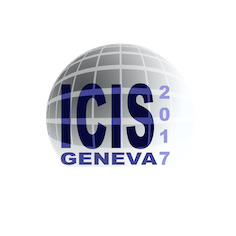Speaker
Description
The Neutral Beam Injection (NBI) heating system of ITER is a key stage for the yield of the full tokamak machine. The performance of the NBI system in turn strongly depends on the yield of the first component of the system, the negative ion source of $\text{D}^-$ (or $\text{H}^-$) ions.
The plasma is inductively created, by means of a RF discharge in the deuterium or hydrogen gas, in the so-called “driver”. This kind of source is therefore referred as Inductively Coupled Plasma – Radio Frequency (ICP-RF) source. The formed plasma expands in a larger chamber and is then extracted.
While several simulation tools have been developed for the expansion and extraction regions, a full self-consistent particle simulation of the driver region is still lacking, because of the difficulties created by the inclusion of the inductive coupling in the computational codes.
For this reason we developed a 2.5D Particle-In-Cell Monte-Carlo-Collision (PIC-MCC) model of a cylindrically symmetrical ICP-RF source with the dimensions and the parameters of the driver of ITER NBI negative ion source, with hydrogen as filling gas, keeping the grid spacing and time step of the simulation small enough to respectively resolve the Debye length and the plasma frequency scales. We report the results of these simulations, which require a massive parallelization, and give some details about the computational side.




